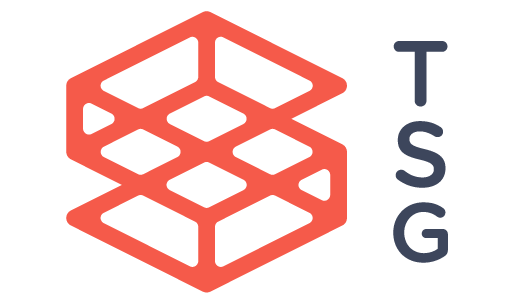Here at TSG, we spend a lot of time talking about how to leverage “ecosystems.” How to define them, how to build them, who and what to have in them, and of course how to leverage a high-functioning ecosystem for faster, longer-term, sustainable growth. It’s a term which carries a variety of meaning for different individuals, companies, and industries. For us, and for the focus of this writing, we think in terms of enterprise tech ecosystems… but the concepts hereunder can be applied at a high level across many different industries and sectors.
What does an enterprise tech ecosystem look like? If you follow what we like to call the flow of innovation, it begins with a market need or problem. Enterprises have business and technology needs in search of solutions. These are companies large and small and the tech/business leaders and buyers within them.
Entrepreneurs see those needs and have ideas about how to build a company that can produce a product and/or service to meet those needs. In order to do that, and do it fast to stave off or catch competitors, the entrepreneurs tap into sources of Capital. Most are familiar with VC firms in Silicon Valley and how they fund enterprise and consumer startups, but capital can come in many forms from a variety of different sources. And that capital can be just that, or can come with some level of strategic assistance to the startup.
Then what? An entrepreneur sees an enterprise need in the market, has capital to develop a product or service to meet said need, and now needs to deliver it. This is where Partners get involved. Partners supplement a startup’s own internal sales, engineering, business development and marketing resources, sitting between the startup and the enterprise to help broker the delivery and sale of the solutions. They come in many shapes and sizes to fit the needs of both the company and product getting to market, and the type of enterprise being served. Example partner types are Global Systems Integrators, Consulting Firms, National Integrators, Distributors, and Resellers.
Through these “go-to-market” internal resources and partners, we come full circle back to the enterprises who have the needs, and are now being introduced to solutions they can adopt to meet those needs. Entrepreneurs, Capital, Partners, and Enterprises – the main constituencies of an enterprise tech ecosystem. Now think of the spectrum on which startups work to proactively leverage that ecosystem. Some of course plug in as needed at various stages of growth. Many take it all for granted and expect it to come to them at the right time(s). Few however, begin with a proactive, ecosystem-first mindset and never let up. These are the companies who gain a strategic competitive advantage.
Building relationships in Venture Capital before the capital is needed for example, yields massive benefits for entrepreneurs and the businesses they lead. The entrepreneur puts themselves in a position to have more choice, leading to more leverage, thereby leading to overall better deals in the end, not to mention the deeper relationships in place right out of the gate, as opposed to having to build those over time while building your business in parallel.
Connecting directly into Enterprises early and often can make all the difference. Sure, lots of companies reach out to tech CXOs of the Fortune 500 when it’s time to sell a product, and many of those companies wind up doing just fine. But the ones who are faster to product viability and strong use cases, and ultimately faster to market in selling their products, are the companies who begin with investments in enterprise relationships. They are after all, the very future consumers of what the startup is building so wouldn’t it make sense to understand the problems early, and get as much product-market fit feedback as possible. And will those who have given feedback on the development of a solution be faster or slower to implement it for their own use?
In our TSG world, the big one is Partners, and unfortunately the category where most entrepreneurs and startups fail at least once before getting it right. I’ve seen it a hundred times… “We’re not ready for the channel.” Or “the channel is ready for us.” Even if those are technically true statements, the right partner relationships are never too early to establish. Just like with enterprises, partners can be a tremendously valuable source of product feedback. They live and breathe the industries problems and solutions every day on behalf of their clients. Their entire existence is based on providing meaningful use cases and value to their enterprise clients, and monetizing it accordingly.
Startups would do well to begin with an ecosystem-first mindset. What I recommend to Founders/CEOs is to not get too hung up on the traditional definition of what each of those ecosystem relationships means. Think about how each constituency can be of value to you now, not just when you’re ready for them to sell or buy your product, or when you need them to fund your business. What can they do for you now, and how will that benefit you AND them now and well into the future. When we’re proactive with an ecosystem-first mindset, we maximize mutual value early, and set all parties up for greatest odds of success when it comes time for the more traditional application of said relationships.



